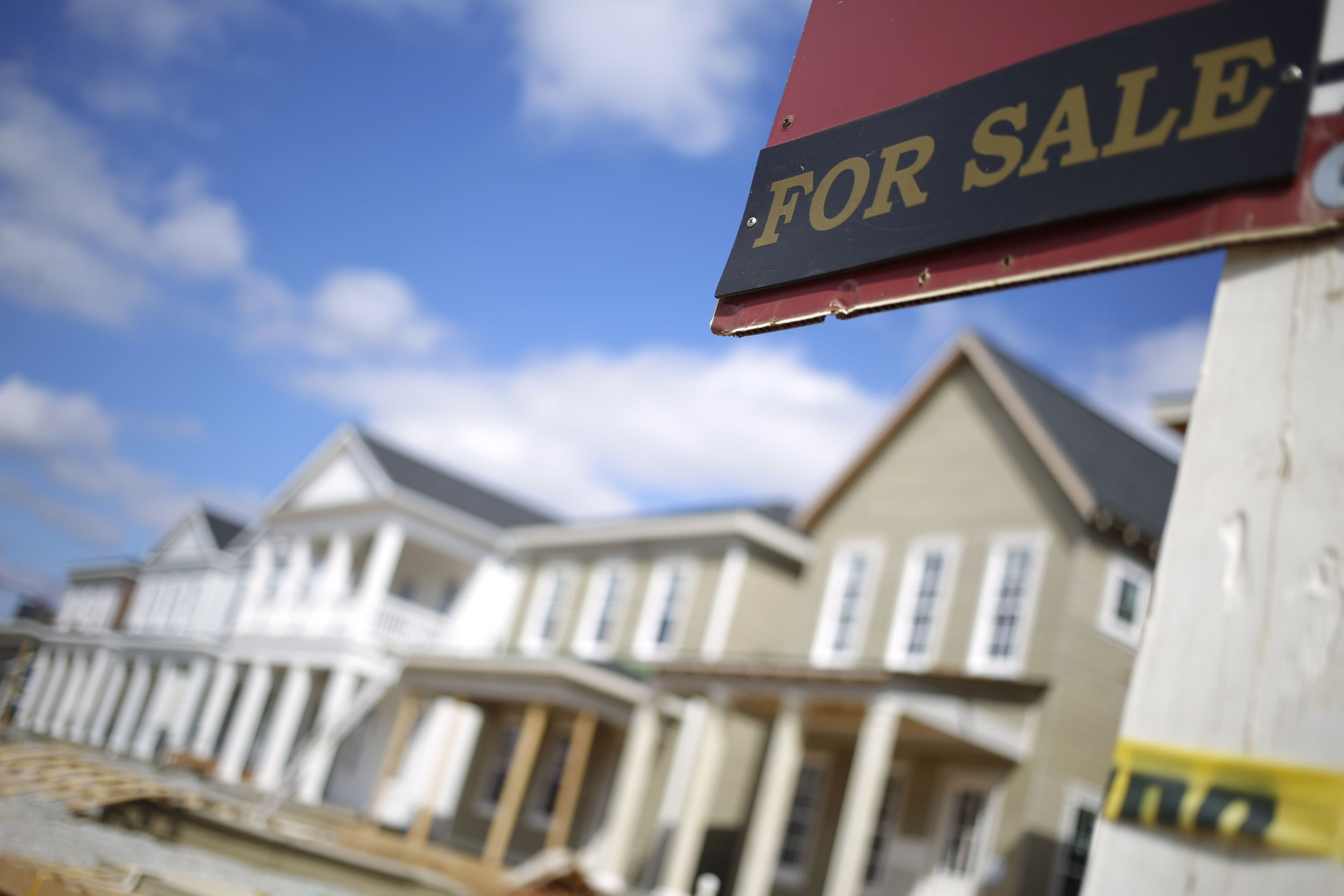The coronavirus pandemic is pushing businesses and dwellers out of city centers and downtowns into the outskirts in the short term, but demand can be expected to return to big cities, according to the head of the largest commercial real estate broker in the country.
Hessam Nadji, president and CEO of Marcus & Millichap, on Tuesday told CNBC that it will be a test for suburban areas to accommodate exponential demand. Suburban areas outside of major cities are in high demand, as people migrate from dense urban areas in response to the Covid-19 outbreak.
“I think the next 18 to 24 months are going to show a lot of exodus out of central business districts, as you can expect,” Nadji said in an interview on “The Exchange.” “We’re seeing there’s a lot of office vacancy, for example, in the suburbs that have now been absorbed; there’s a lot of demand for rental homes that we’re seeing because people are fleeing especially hot spots like New York, but … you just have to keep a long-term view on it.”
Millennials, who now make up the largest cohort of homebuyers, in metropolitan areas have grown more interested in shopping for properties in the suburbs in recent months. Real estate searches in suburban zip codes spiked 13% in May, doubling the pace of urban growth, as the market began to recover, based on realtor.com data.
Some of the largest cities seeing residents migrate to the outskirts include New York City, Seattle and Miami, according to Marcus & Millichap. People are also flowing from primary metro areas to secondary markets such as Phoenix, Salt Lake City and Nashville, Tennessee.
“It was a trend that was starting to happen already over the last two or three years. You have to remember that 60% of millennials are now in their 30s,” Nadji said. “While they really enjoyed the lifestyle of central business districts and the lack of commuting … we were beginning to see them migrate back out as they were getting married and having kids,” and the “health crisis has really accelerated that pattern.”
Some businesses have followed that migration of residents to the suburbs, opening up satellite campuses for employees who are reluctant to commute in and ride elevators to avoid contracting the fast-spreading disease, Nadji said.
Major metro areas could be on a three-year recovery track, the firm said.
Nadji, however, advises not to count these cities out just yet, pointing back to the rebounding interest of living in New York City after the attacks on the Twin Towers there nearly two decades ago.
To think that people will “permanently” lose interest in central business districts is an “overreaction,” he said, adding that “we are reacting to a health crisis” that should be resolved “at some point.”
“We saw that [demand sap] post 9/11 and those tragedies, of course, because of the reluctance to want to locate in high-visibility high rises in downtown[s],” Nadji explained. “Eighteen to 24 months later, that [concern] began to dissipate. So, it’s a normal reaction. I just don’t think we should count out the long-term prospects of the benefits of central business districts.”
